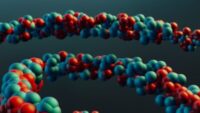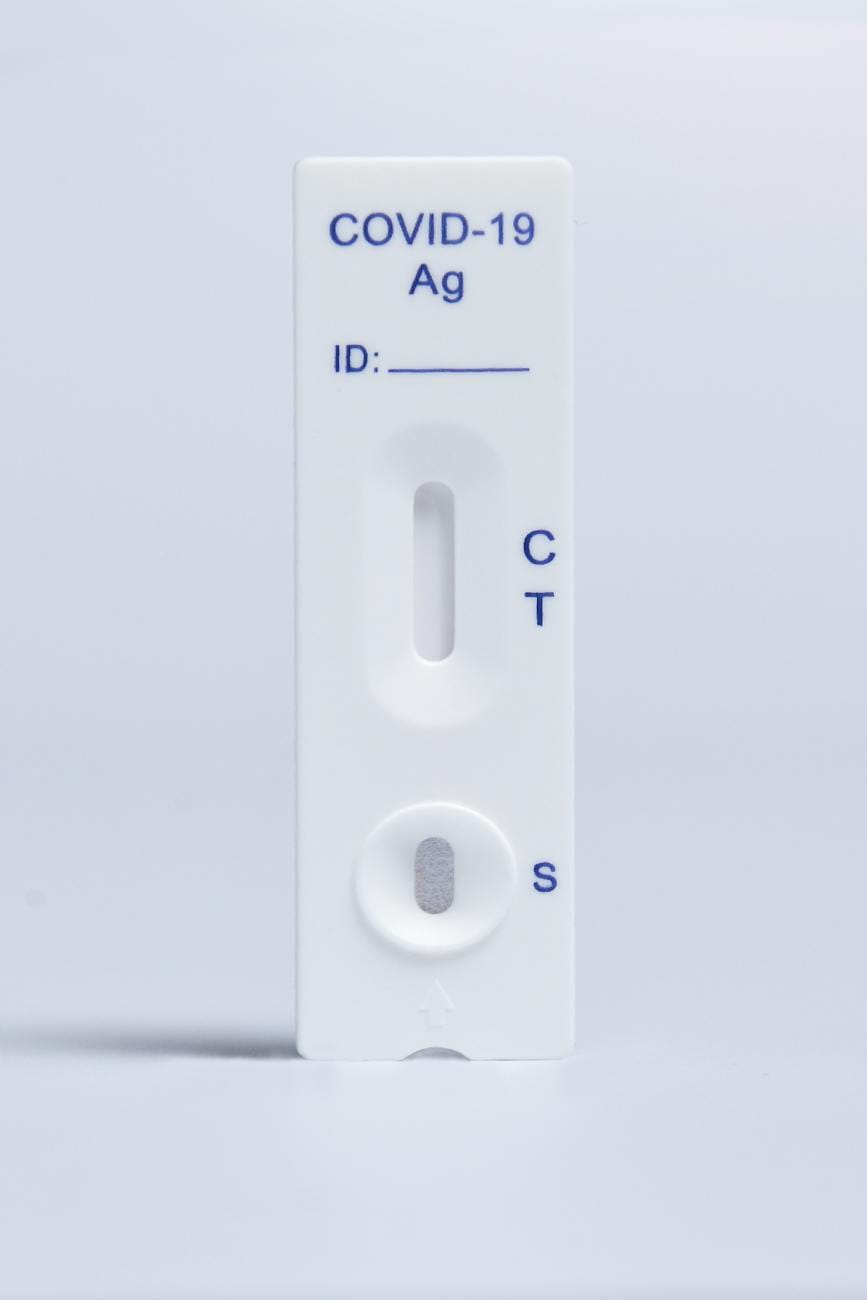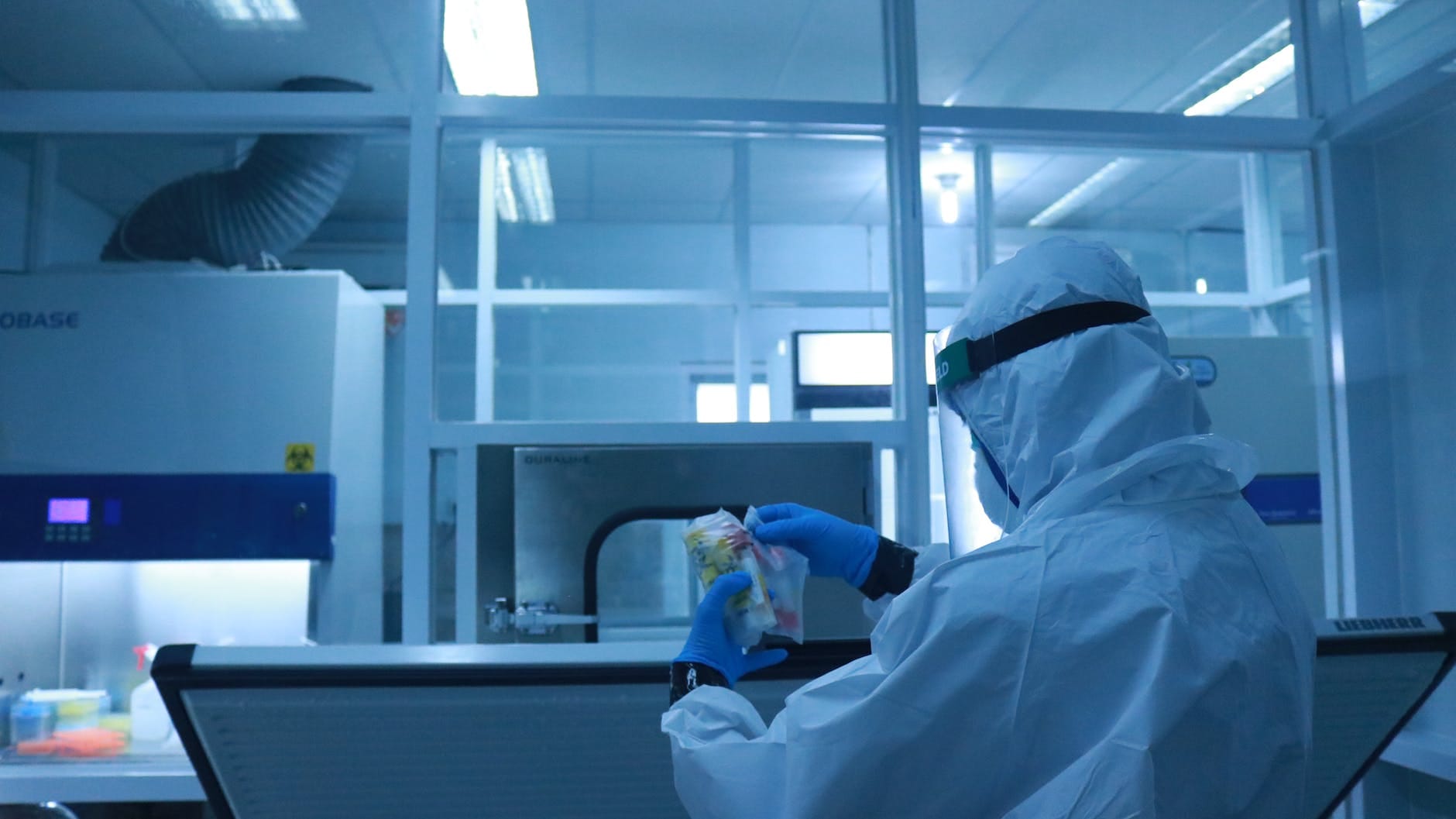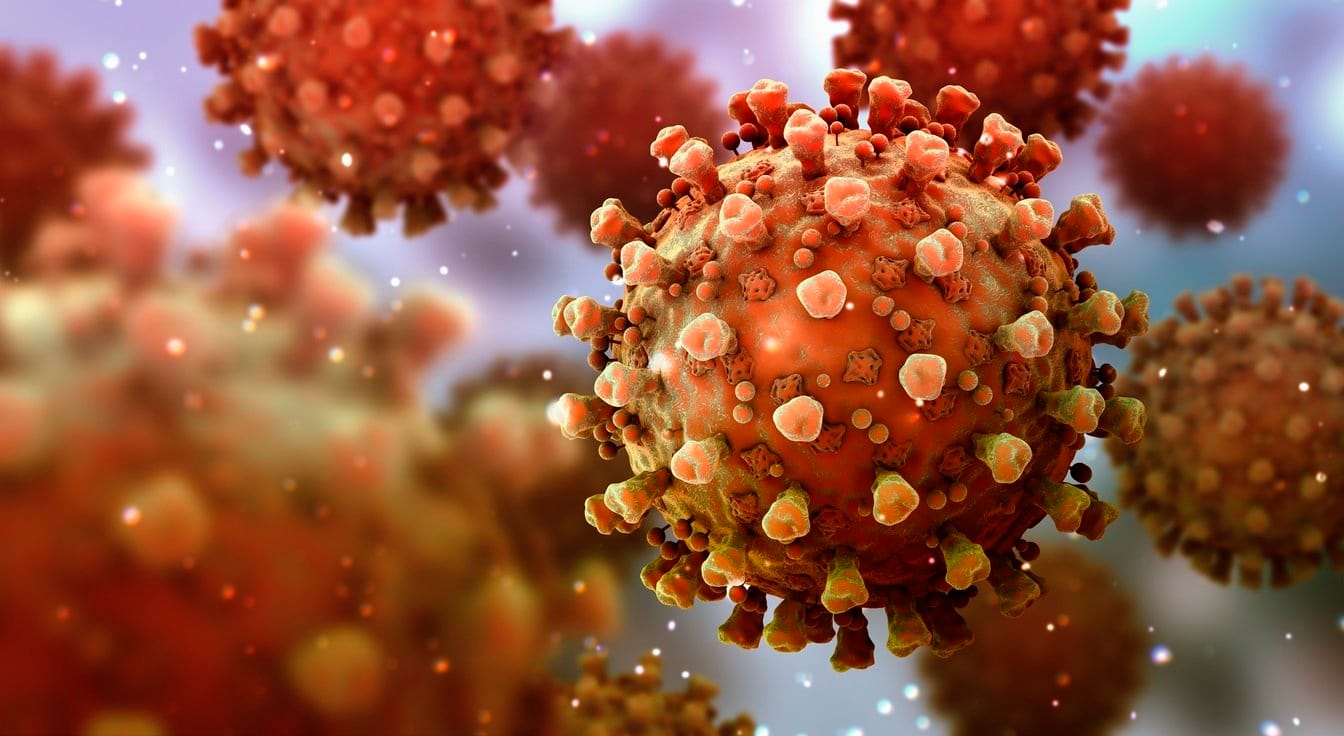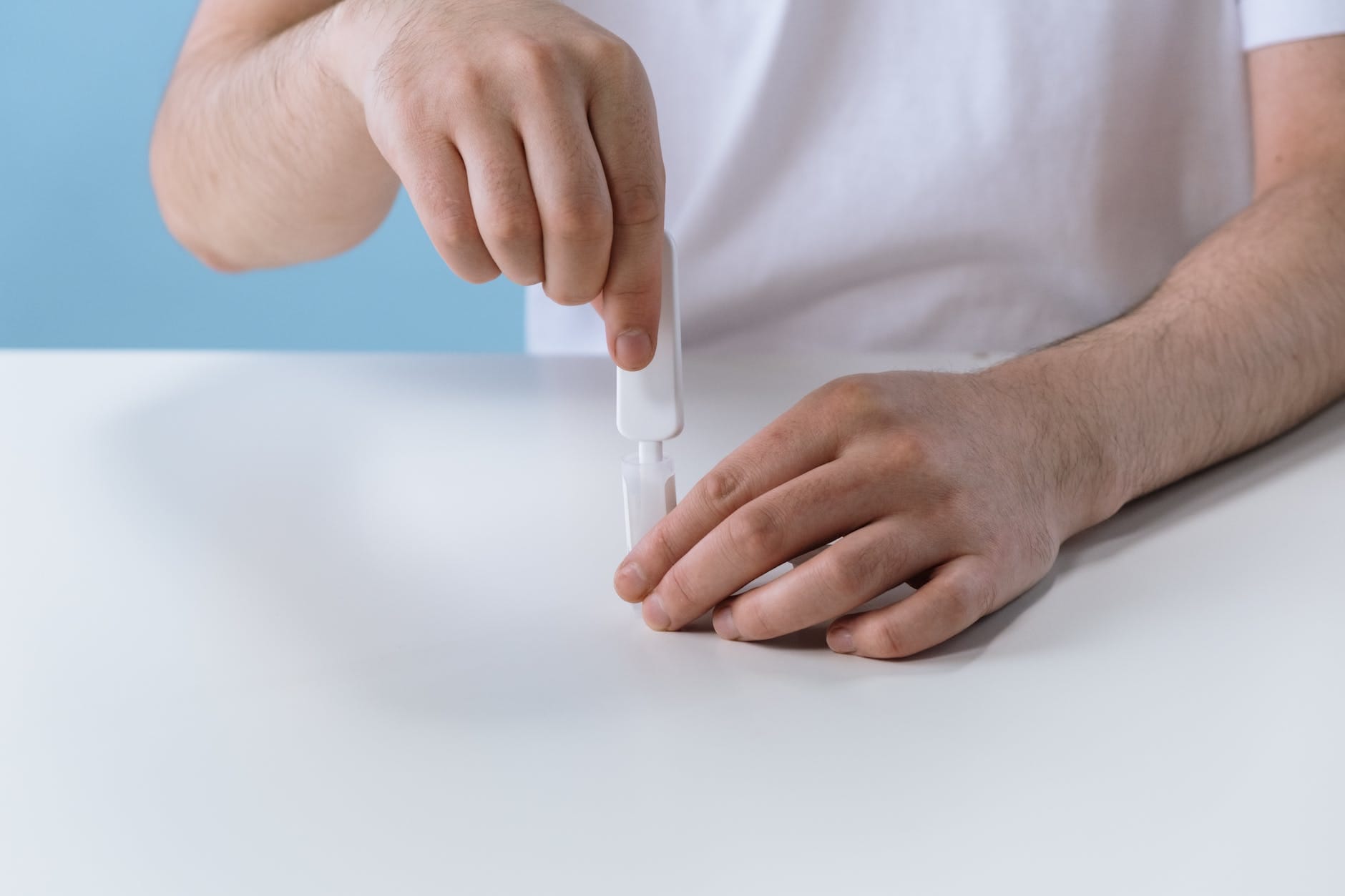Introduction
Nanoparticles are increasingly used in various fields such as pharmaceuticals, electronics, energy, and consumer products due to their unique properties. However, the small size of nanoparticles makes their measurement challenging. Different techniques are used to measure the size and distribution of nanoparticles, each with its advantages and disadvantages. In this article, we will discuss various instruments available for nanoparticle size measurement, including dynamic light scattering (DLS), nanoparticle tracking analysis (NTA), scanning electron microscopy (SEM), transmission electron microscopy (TEM), and atomic force microscopy (AFM).
Dynamic Light Scattering (DLS)
Dynamic light scattering (DLS) is a widely used technique to measure the size distribution of nanoparticles in solution. It works by measuring the fluctuations in the intensity of scattered light from nanoparticles that are undergoing Brownian motion. The intensity fluctuations are then analyzed using the autocorrelation function to determine the size distribution of the nanoparticles.
Advantages:
• DLS can measure the size distribution of particles in a wide range of sizes, from a few nanometers to several microns.
• It is a non-invasive and non-destructive method that does not require sample preparation.
• DLS is a fast and easy-to-use technique that can provide results in a matter of minutes.
• It is a cost-effective technique that requires relatively low amounts of samples and equipment.
Disadvantages:
• DLS is sensitive to the presence of aggregates, which can affect the accuracy of the size measurements.
• The accuracy of the size measurements can be affected by the refractive index of the sample and the temperature of the solution.
• DLS cannot provide information about the shape of nanoparticles or their morphology.
• The technique is not suitable for measuring the size of nanoparticles in dry samples or non-homogeneous samples.
Nanoparticle Tracking Analysis (NTA)
Nanoparticle tracking analysis (NTA) is another technique that can be used to measure the size and concentration of nanoparticles in a solution. It works by tracking the Brownian motion of individual particles and analyzing the trajectories to determine their size and concentration.
Advantages:
• NTA can measure the size and concentration of nanoparticles in real-time and at high resolution.
• It is a versatile technique that can measure particles in a wide range of sizes, from a few nanometers to several microns.
• NTA can provide information about the shape of nanoparticles, their morphology, and their surface charge.
• It is a non-invasive and non-destructive technique that does not require sample preparation.
Disadvantages:
• NTA is sensitive to the presence of aggregates, which can affect the accuracy of the size measurements.
• The accuracy of the size measurements can be affected by the refractive index of the sample and the temperature of the solution.
• NTA is a relatively slow technique that requires longer measurement times compared to other techniques.
• It is a relatively expensive technique that requires specialized equipment.
Scanning Electron Microscopy (SEM)
Scanning electron microscopy (SEM) is a powerful imaging technique that can be used to visualize and measure the size and morphology of nanoparticles. It works by scanning a beam of electrons over the surface of the sample, and detecting the electrons that are scattered back from the surface.
Advantages:
• SEM can provide high-resolution images of nanoparticles with excellent spatial resolution.
• It can provide information about the shape, size, and morphology of nanoparticles.
• SEM is a versatile technique that can measure particles in a wide range of sizes, from a few nanometers to several microns.
• It can provide information about the composition and structure of nanoparticles.
Disadvantages:
• SEM is a destructive technique that requires the sample to be prepared and coated with a conductive material.
• It is a relatively expensive technique that requires specialized equipment and expertise.
• SEM is not suitable for measuring the size and distribution of nanoparticles in solution.
Transmission Electron Microscopy (TEM)
Transmission electron microscopy (TEM) is another powerful imaging technique that can be used to visualize and measure the size and morphology of nanoparticles. It works by transmitting a beam of electrons through a thin sample and detecting the electrons that are transmitted through the sample.
Advantages:
• TEM can provide high-resolution images of nanoparticles with excellent spatial resolution.
• It can provide information about the shape, size, and morphology of nanoparticles.
• TEM can provide information about the crystal structure and defects in nanoparticles.
• It can measure the size of individual nanoparticles with high precision.
Disadvantages:
• TEM is a destructive technique that requires the sample to be prepared and sectioned into thin slices.
• It is a relatively expensive technique that requires specialized equipment and expertise.
• TEM is time-consuming and requires longer measurement times compared to other techniques.
• It is not suitable for measuring nanoparticles in solution or non-homogeneous samples.
Atomic Force Microscopy (AFM)
Atomic force microscopy (AFM) is a technique that can be used to visualize and measure the size and morphology of nanoparticles. It works by scanning a sharp tip over the surface of the sample and detecting the forces between the tip and the sample surface.
Advantages:
• AFM can provide high-resolution images of nanoparticles with excellent spatial resolution.
• It can provide information about the shape, size, and morphology of nanoparticles.
• AFM can measure the size of individual nanoparticles with high precision.
• It can measure the mechanical properties of nanoparticles, such as their elasticity and stiffness.
Disadvantages:
• AFM is a relatively slow technique that requires longer measurement times compared to other techniques.
• It is a relatively expensive technique that requires specialized equipment and expertise.
• AFM is sensitive to the surface properties of the sample, which can affect the accuracy of the size measurements.
• It is not suitable for measuring nanoparticles in solution or non-homogeneous samples.
Comparison of Instruments
The choice of instrument for nanoparticle size measurement depends on various factors, such as the size range of the nanoparticles, the sample type, and the required resolution. Table 1 summarizes the advantages and disadvantages of the different instruments discussed in this article.
Table 1. Comparison of instruments for nanoparticle size measurement.
| Instrument | Advantages | Disadvantages |
|---|---|---|
| DLS | Wide size range, non-invasive, fast, cost-effective | Sensitive to aggregates, affected by refractive index and temperature, no information on shape or morphology, not suitable for dry or non-homogeneous samples. |
| NTA | Real-time measurement, high resolution, versatile, non-invasive | Sensitive to aggregates, affected by refractive index and temperature, slow, expensive. |
| SEM | High-resolution images, information on shape and morphology, versatile | Destructive, expensive, not suitable for measuring particles in solution or non-homogeneous samples. |
| TEM | High-resolution images, information on crystal structure and defects, measures individual nanoparticles | Destructive, expensive, not suitable for measuring particles in solution or non-homogeneous samples. |
| AFM | High-resolution images, measures individual nanoparticles, measures mechanical properties | Slow, expensive, sensitive to sample surface properties, not suitable for measuring particles in solution or non-homogeneous samples. |

Conclusion
Nanoparticles are increasingly used in various fields due to their unique properties, but their small size makes their measurement challenging. Different techniques are available for measuring the size and distribution of nanoparticles, each with its advantages and disadvantages.
DLS and NTA are cost-effective and fast techniques that can measure a wide size range of nanoparticles, but they are sensitive to aggregates and affected by refractive index and temperature. SEM, TEM, and AFM can provide high-resolution images and information on the shape and morphology of nanoparticles, but they are relatively expensive, time-consuming, and destructive. Moreover, they are not suitable for measuring nanoparticles in solution or non-homogeneous samples.
Therefore, the choice of instrument for nanoparticle size measurement depends on various factors, such as the size range of the nanoparticles, the sample type, and the required resolution. Researchers need to carefully consider the advantages and disadvantages of each technique and choose the most suitable one for their specific application.
In conclusion, the measurement of nanoparticle size and distribution is crucial for various fields, including materials science, biomedicine, and environmental science. The availability of different techniques for nanoparticle size measurement provides researchers with a range of options to choose from depending on their specific needs. As the field of nanotechnology continues to expand, the development of new and improved techniques for nanoparticle size measurement is expected to accelerate, further advancing our understanding of these fascinating materials.

